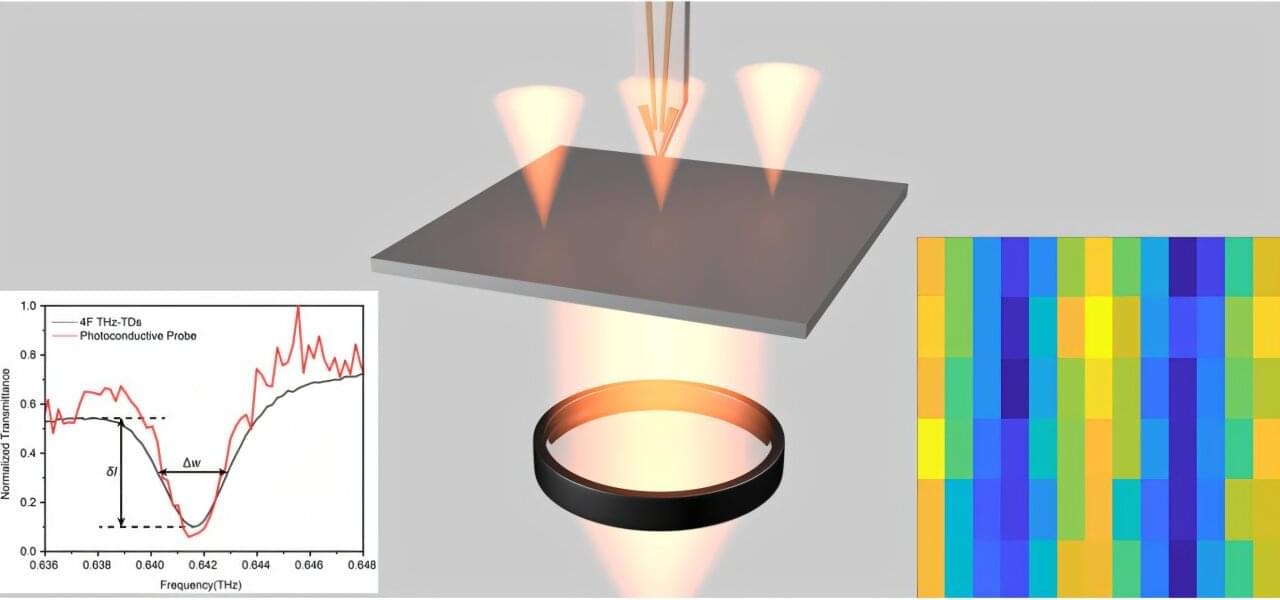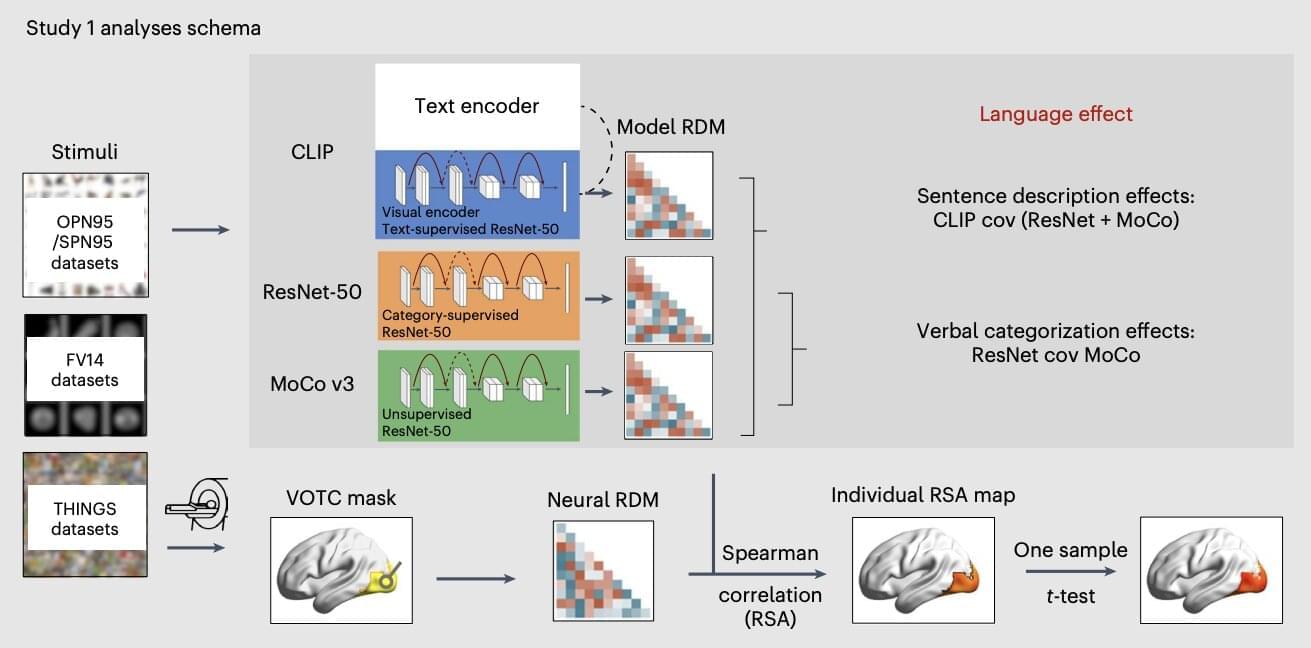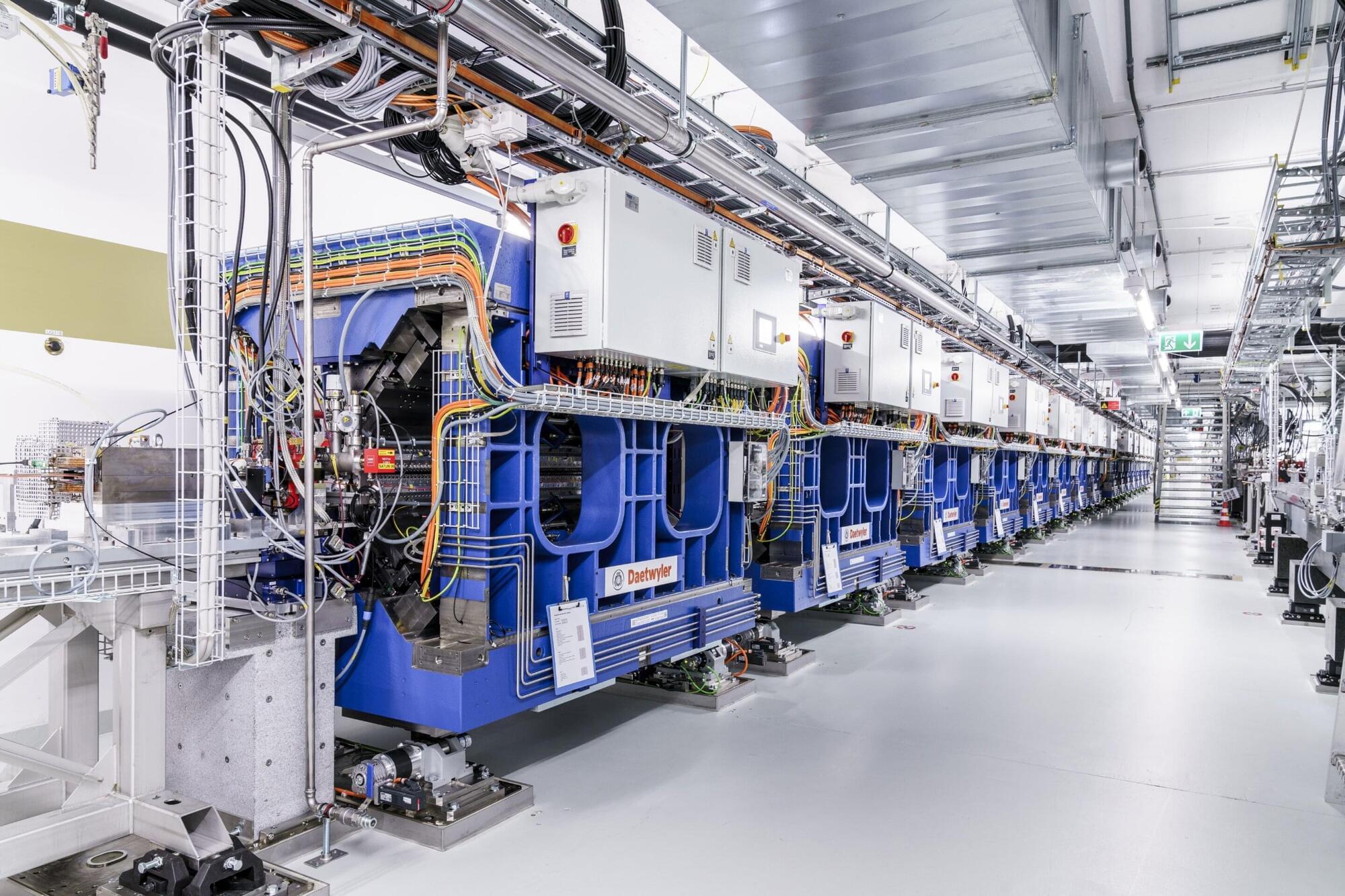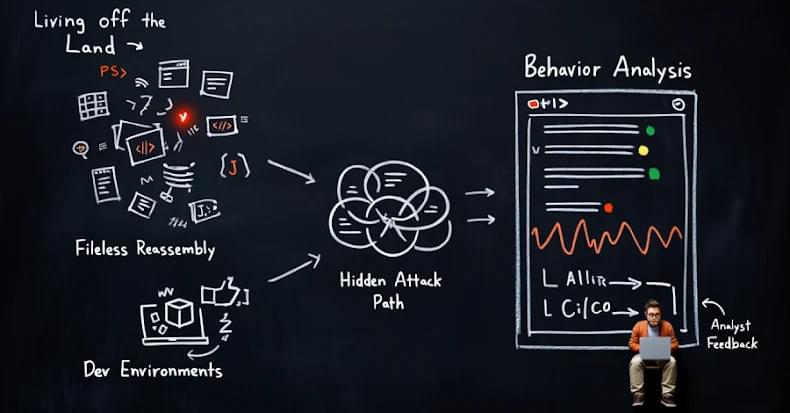Terahertz (THz) radiation, which occupies the frequency band between microwaves and infrared light, is essential in many next-generation applications, including high-speed wireless communications, chemical sensing, and advanced material analysis.
To harness THz waves, scientists rely on functional devices like metasurfaces and resonant gratings, which exhibit sharp and effective resonance features. Characterizing and optimizing these high-performance devices, however, remains a technical challenge.
The difficulty stems from a fundamental tradeoff when performing THz measurements: achieving high spectral resolution versus high spatial resolution. To accurately capture the narrow spectral fingerprints of certain gases and the features of devices with a high quality factor (Q), researchers need very high spectral resolution.








